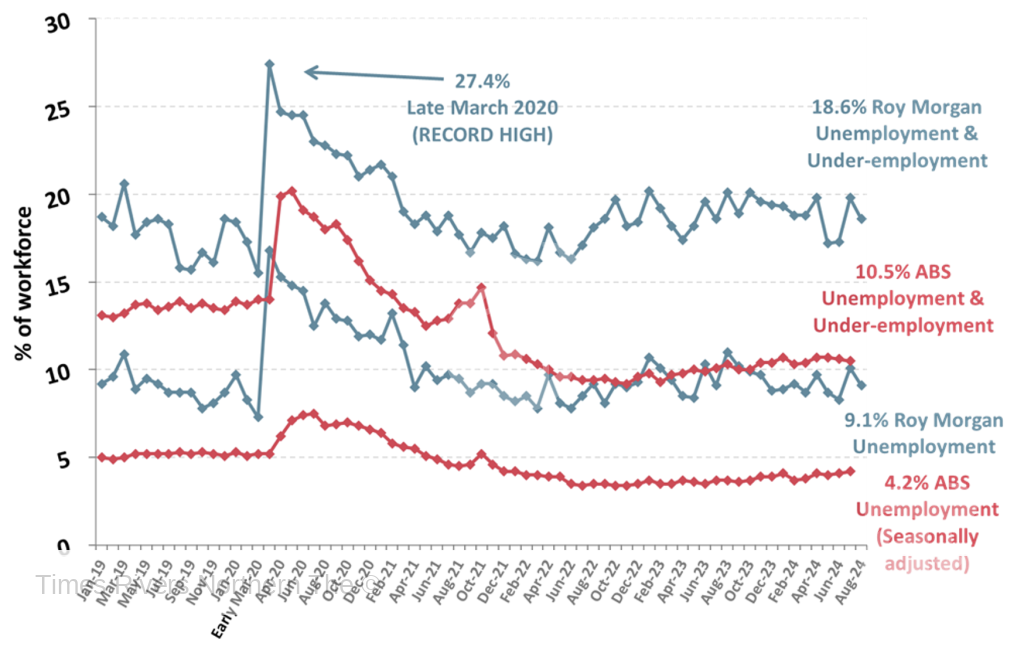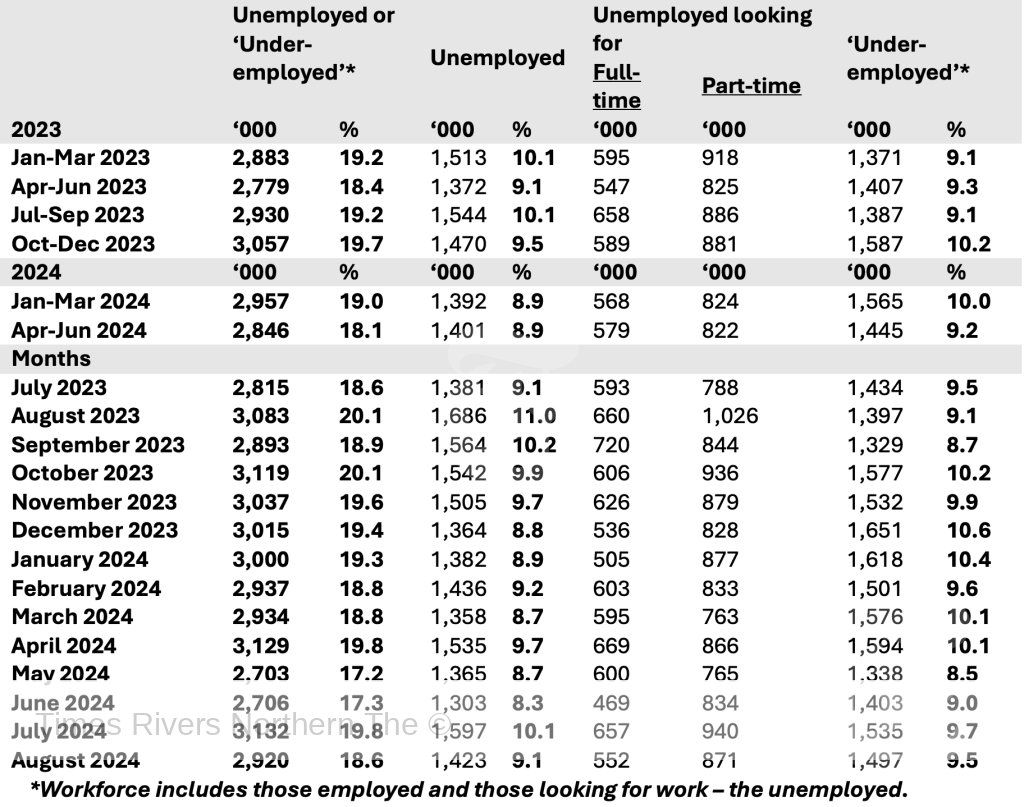Investments That Have Outpaced Inflation
With high living costs dominating recent headlines, investors are seeking asset classes that can not only weather inflation but provide returns that outpace it. Inflation is a critical factor in the Reserve Bank of Australia’s (RBA) cash rate decisions, which has many Australians on edge, particularly those concerned about rising home loan interest rates.
Historically, inflation in Australia has hovered around the RBA’s target range of 2%-3%, but the landscape changed dramatically with the COVID pandemic. Inflation surged to 7.8% in late 2022 and, while it has since eased to 3.8%, its impact remains a key concern for investors.
The Erosion of Personal Wealth by Inflation
Inflation can erode personal wealth by diminishing the purchasing power of money. For example, if you had $10,000 in a savings account at the start of 2022, it would still be $10,000 at the end of the year, but inflation of 7.8% would have reduced the value of that money in terms of what it could buy. This demonstrates how unchecked inflation can undermine financial stability and the quality of life for Australians.
Assets That Have Outpaced Inflation
To protect against inflation, investors often turn to growth assets, which have historically increased in value over time.
Research by InvestSMART has identified several asset classes that have significantly outpaced inflation over the 12 months to 30 June 2024:
- International shares: Returned 19.92%, outpacing inflation by 16.12%.
- Australian shares: Returned 12.1%, beating inflation by 8.3%.
- Listed property trusts (REITs): Achieved an impressive return of 23.79%, eclipsing inflation by 19.99%.
By contrast, savings accounts typically returned 4.5% over the same period, which, after accounting for inflation, results in a much lower 0.7% return.
ETFs: A Simple Option to Beat Inflation
For investors looking to outpace inflation without the complexity of selecting individual stocks, exchange-traded funds (ETFs) offer a diversified and accessible solution. ETFs track major asset classes and have consistently delivered near double-digit returns, beating inflation.
While growth assets like shares can come with higher risks, ETFs provide a straightforward way to gain exposure to these assets without needing to analyse individual companies. Diversification is key, and the longer you stay invested, the better your chances of riding out market volatility, benefiting from compounding returns, and staying ahead of inflation.
The Importance of Beating Inflation
With inflation eating away at savings and wealth, and most Australians not seeing wage increases that match the cost of living, investing in assets that outpace inflation remains one of the most effective strategies for maintaining and growing wealth. Whether through international shares, Australian equities, REITs, or ETFs, a diversified investment portfolio is crucial in navigating the current economic climate.
As always, consider your investment timeframe and risk tolerance before deciding where to invest. The more you diversify and the longer you stay invested, the more likely you are to grow your wealth and beat inflation.





 Tweed Shire News2 years ago
Tweed Shire News2 years ago
 Motoring News2 years ago
Motoring News2 years ago
 COVID-19 Northern Rivers News3 years ago
COVID-19 Northern Rivers News3 years ago
 COVID-19 Northern Rivers News3 years ago
COVID-19 Northern Rivers News3 years ago
 Northern Rivers Local News3 years ago
Northern Rivers Local News3 years ago
 Health News3 years ago
Health News3 years ago
 COVID-19 Northern Rivers News3 years ago
COVID-19 Northern Rivers News3 years ago
 NSW Breaking News3 years ago
NSW Breaking News3 years ago
















